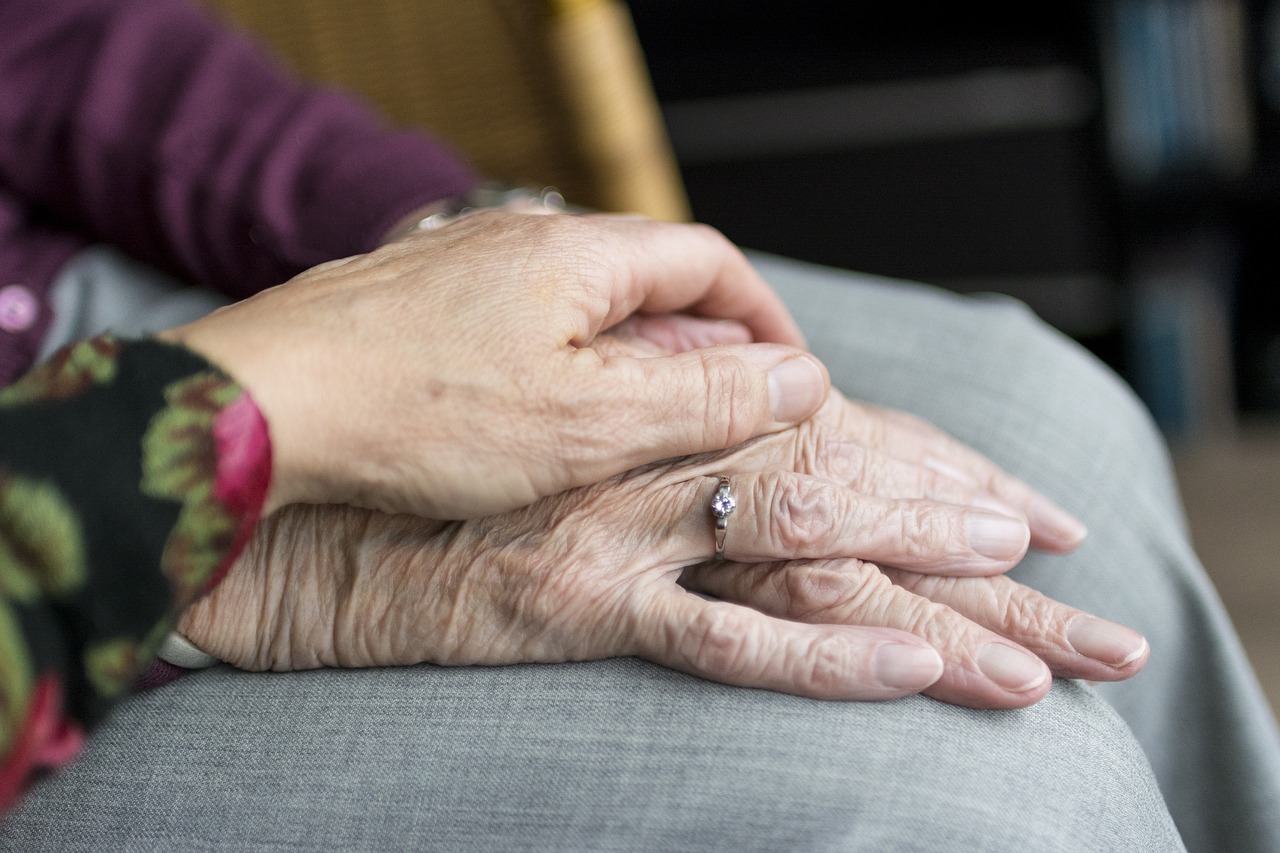As caregivers, family members, or concerned individuals, it’s essential to know how to calm down an elderly person when they find themselves in a potentially dangerous situation. Seniors may experience fear or anxiety more intensely, making it crucial to provide reassurance and support. In this blog post, we’ll explore effective strategies to help calm an elderly person in such situations.

- Maintain a Calm Demeanor
When an elderly person is facing a dangerous situation, it’s essential to remain calm yourself. Your composure can have a significant impact on their emotional state. Speak in a soothing and reassuring tone, and use gentle gestures to convey your support.
- Assess the Situation
Before taking any action, assess the situation carefully. Determine the nature and severity of the danger. Is it a physical threat, a medical emergency, or a safety concern at home? Understanding the situation will guide your response.
- Prioritize Safety
If the danger is immediate, prioritize safety above all else. Remove the elderly person from harm’s way if possible. Ensure they are in a secure location and away from any potential threats. If it’s a medical emergency, call for professional help immediately.
- Listen Attentively
Sometimes, all an elderly person needs is someone to listen to their concerns. Give them your full attention and validate their feelings. Encourage them to share their fears and anxieties, and let them know you are there to support them.
- Offer Reassurance
Reassurance can go a long way in calming their fears. Remind them that you are with them and will do everything in your power to keep them safe. Offer words of comfort and empathy, such as “I’m here for you” or “You’re not alone.”
- Provide Distraction
In less severe situations, distraction can be an effective calming strategy. Engage the elderly person in a pleasant conversation or suggest an enjoyable activity to redirect their focus away from the danger.
- Use Deep Breathing Techniques
Deep breathing exercises can help reduce anxiety. Encourage the elderly person to take slow, deep breaths. Inhale deeply through the nose, hold for a few seconds, and exhale slowly through the mouth. Repeat this process several times to help them relax.
- Contact Professionals
If the situation involves a medical emergency, contacting healthcare professionals or emergency services is crucial. Ensure that you have essential information, such as the person’s medical history and any medications they are taking, readily available for the responders.
- Create a Safe Environment
After the immediate danger has passed, take steps to create a safe and secure environment for the elderly person. Address any safety concerns in the home, such as removing tripping hazards or installing grab bars in the bathroom.
- Offer Supportive Resources
Connect the elderly person with supportive resources, such as counseling or support groups, if they continue to experience anxiety or fear related to the dangerous situation. Professional help can provide valuable coping strategies.
Conclusion
Caring for an elderly person in a dangerous situation requires patience, empathy, and a calm approach. By maintaining a supportive presence, addressing their immediate safety, and providing emotional reassurance, you can help calm their fears and guide them through challenging moments. Remember that your presence and care can make a significant difference in their well-being and sense of security.